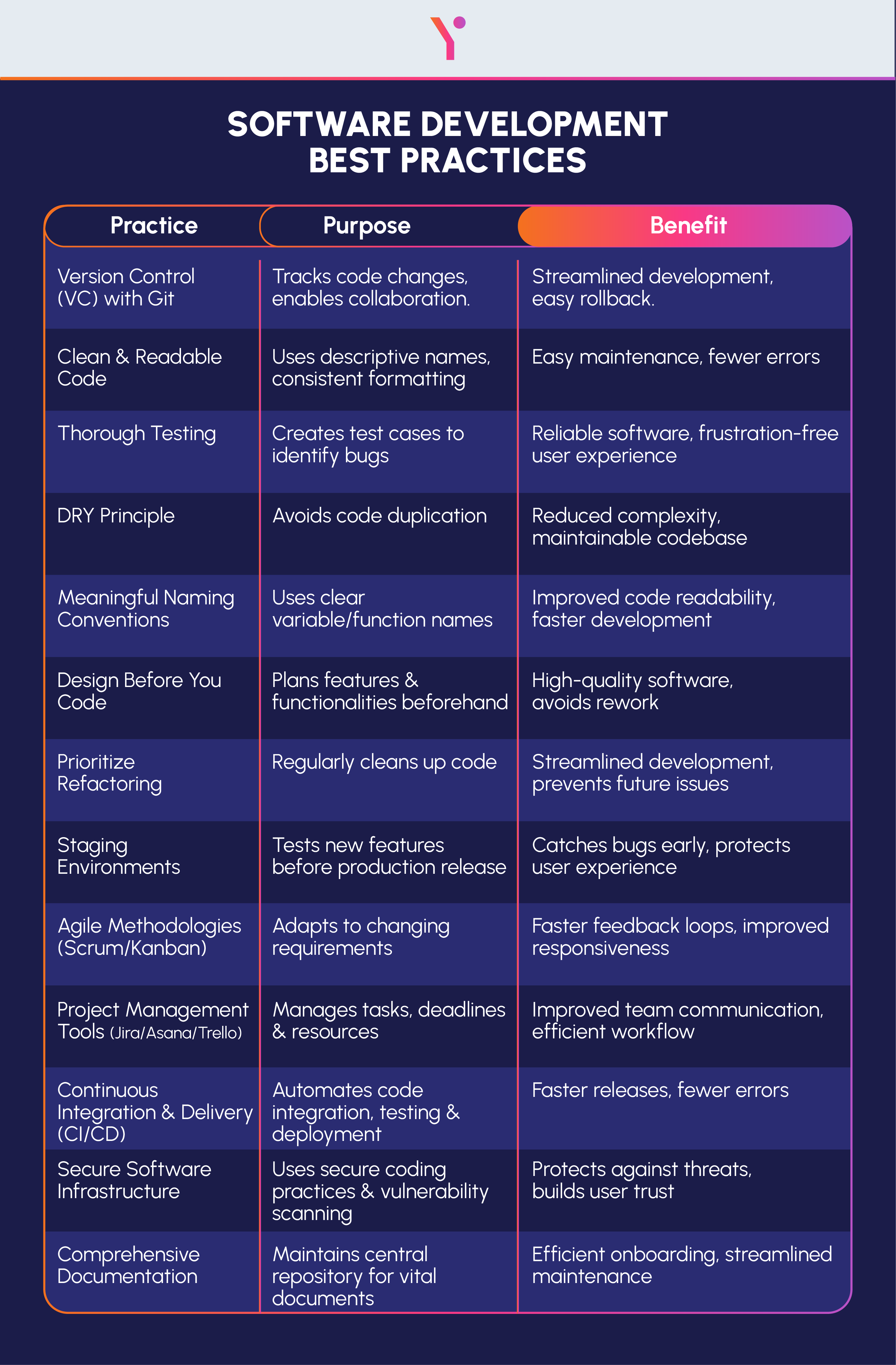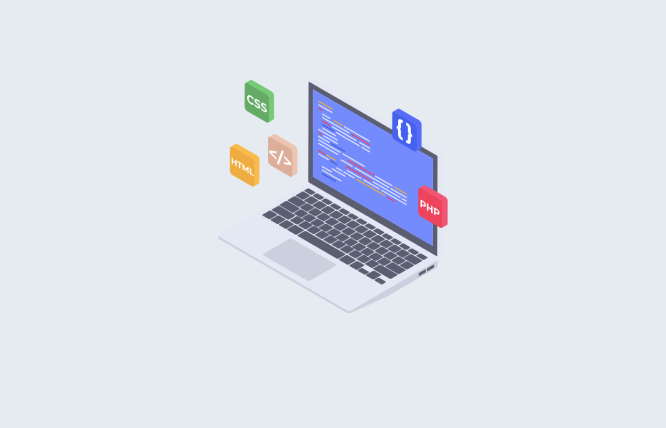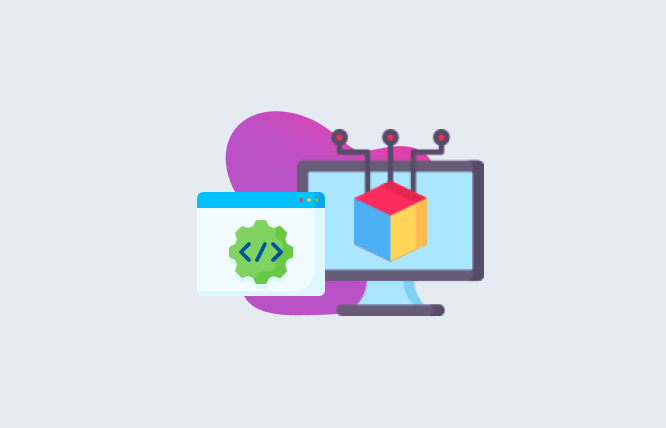Software development best practices are the building blocks of high-quality, efficient software development. Adhering to the best software development practices ensures a smooth process, minimises errors, and ultimately delivers a software product that exceeds user expectations. In this blog, we will have a quick overview of essential practices applicable across various software projects.
Core Software Development Best Practices
There are several practices that can be considered if you are looking to streamline your processes. Following are the practices you can employ:
Version Control (VC) with Git
Imagine a project with multiple developers working on the same codebase simultaneously. Chaos? Not with Version Control (VC)! VC acts as the central nervous system, keeping track of every change made to your code. Git, a popular VC system, excels at this task. It facilitates seamless collaboration, empowers you to revert to previous versions if needed, and maintains a clear history of your project’s evolution. Think of it as a time machine for your code!
Write Clean and Readable Code
Clean code goes beyond functionality; it prioritises readability and maintainability. Think of well-organised instructions compared to a cluttered mess. Using descriptive variable names, consistent formatting, and proper indentation ensures your code is understandable not just for you but for future developers as well. This not only saves time during maintenance but also minimises the risk of errors creeping in.
Thorough Testing
Just like a car wouldn’t be released without a test drive, software shouldn’t be unleashed on users untested. Testing involves crafting test cases that simulate real-world scenarios and identifying any bugs or glitches that might affect user experience. Different testing strategies exist, like unit testing (focusing on individual code units) and integration testing (ensuring various components work together flawlessly). By implementing a comprehensive testing strategy, you can guarantee your software is robust and reliable, delivering a frustration-free experience for your users.
DRY Principle (Don’t Repeat Yourself)
Imaginewriting the same block of code repeatedly. Not only is this a waste of time, but it also increases the likelihood of errors. The DRY principle encourages writing reusable code blocks that can be utilised in multiple parts of your application. This reduces complexity, improves maintainability, and streamlines your codebase, allowing you to focus on crafting innovative features instead of reinventing the wheel.
Naming Conventions for Clarity
Code where variable names resembled cryptic abbreviations or just random words. While it seems tempting, such practices hinder readability and maintainability. Meaningful names, incorporating underscores for clarity, instantly convey a variable or function’s purpose. This not only saves you time during refactoring but also empowers anyone reading your code to grasp its functionality.
Imagine this:
Python
# Enigmatic function name, unclear purpose
def process_data(data):
# … complex data processing logic
return processed_data
Versus:
Python
# Descriptive function name, clear purpose
def calculate_customer_lifetime_value(customer_data):
# … complex logic to calculate customer lifetime value
return lifetime_value
In the first example, process_data is quite vague. It doesn’t tell you what kind of processing is happening or what the output represents. The second example, calculate_customer_lifetime_value, clearly conveys the function’s purpose and the type of data it works with (customer_data). Additionally, the output variable lifetime_value is also descriptive.
Design Before You Dive into Code
Effective software development requires a blueprint. So, planning features and functionalities as a team before diving headfirst into coding is essential for quality software. Discussing design patterns and available tools ensures you create an effective plan, saving you from the costly pitfall of rewriting poorly designed code later.
Prioritise Refactoring
As your software evolves, models morph, libraries become outdated, and code structures shift. Ignoring these inevitable changes leads to technical debt – a burden that grows with each unaddressed issue. Refactoring, the process of restructuring code without altering functionality, is crucial. Think of it as cleaning your code’s house – actions like simplifying complex functions, removing duplication, and extracting common elements might not directly bring in new features, but they streamline your development process and prevent future headaches.
Set Up Staging Environments
What if you are releasing a new feature only to discover a critical bug that impacts your users? A staging environment acts as a safety net, mimicking your production environment as closely as possible. This allows you to test new features thoroughly before they reach real users. While staging adds an extra step to the release process, catching bugs here prevents them from causing disruptions in production, saving you time, money, and – most importantly – user trust.
Beyond the Core: Advanced Software Development Best Practices

While the core development practices lay a solid foundation, several advanced techniques can further uplift your software development process. Let’s shed some light on the crucial software development standards for enhanced efficiency and quality:
Adapting Agile Methodologies for Flexibility
Traditional, rigid development methods can struggle to keep pace with ever-evolving requirements. Agile methodologies, such as Scrum or Kanban, embrace flexibility. These iterative approaches break projects into smaller, manageable sprints, allowing for continuous adaptation to changing needs. This fosters faster feedback loops, improved responsiveness to user input, and a more dynamic development environment.
Utilising Effective Project Management Tools
Software development involves juggling multiple tasks, deadlines, and resources. Effective project management tools act as your central command centre. These tools help you track progress, manage team communication, assign tasks, and identify potential roadblocks. Popular options include Jira, Asana, or Trello, offering features like issue tracking, reporting, and collaboration functionalities.
Continuous Integration and Delivery (CI/CD)
CI/CD streamlines the software delivery pipeline. With CI, code changes from various developers are automatically integrated and tested frequently. CI/CD provides early detection and resolution of bugs. CD automates the process of deploying tested code to production environments. By automating these tasks, CI/CD reduces manual work, minimises errors, and enables faster and more frequent software releases.
Building Secure Software Infrastructure from the Start
Security vulnerabilities can cripple your software and damage user trust. Implementing security best practices from the get-go is crucial. This includes using secure coding practices, employing vulnerability scanning tools, and prioritising user authentication and access control measures. By integrating security throughout the development lifecycle, you build software with robust defences against potential threats.
Compiling All Essential Documents
Clear and comprehensive documentation is often an unsung hero in software development. Maintaining a central repository for vital documents like code comments, user manuals, and system architecture diagrams ensures everyone involved has access to the latest information. This not only facilitates onboarding new team members but also streamlines maintenance and future development efforts.
By adopting these advanced best practices alongside the core principles, you empower your team to deliver high-quality, secure software with greater agility and efficiency. Remember, this is just a starting point – the world of software development best practices is constantly evolving.
We Follow Software Development Best Practices for Your Project
We adhere to industry-leading software development best practices and standards to ensure the success of your project. From version control with Git to writing clean and readable code, thorough testing, and adherence to the DRY principle, we prioritise efficiency, collaboration, and robust software quality in every step of the development process. Whether you’re in need of an advanced learner management system or a cutting-edge entertainment app, you can rely on our professionals for exceptional results while following the best practices in the industry.
Other Software Services that We Offer
- From concept to execution, we bring your entertainment app ideas to life with captivating designs and seamless functionality.Entertainment App Development:
- Optimise your financial processes and decision-making with our comprehensive finance management software.Finance Management Software Solutions:
- Enhance patient care and operational efficiency with our tailored healthcare software solutions.Healthcare Software Development Services:
- Cater to the dynamic needs of your customers with our scalable and customisable on-demand software solutions.On-Demand Software Development:
- Our real estate software development company can provide real estate businesses with innovative software solutions tailored to their unique requirements.Real Estate Software Development:
- As a reliable Retail Software Development Company, we can transform your retail operations and customer experiences with our bespoke retail software solutions.Retail Software Development:
Conclusion
Remember, software development best practices are not a rigid set of rules – they’re a framework to guide your development process. The key is to understand the principles behind each practice and adapt them to your specific project needs and team dynamics.
Building a culture of excellence and setting software development standards requires continuous effort. Encourage knowledge sharing within your team, experiment with new tools and methodologies and stay updated on emerging trends. By fostering a collaborative and learning-oriented environment, you can empower your team to consistently deliver exceptional software.
Looking for Customised Business Solutions?
Connect with Business Development Experts Now!

Frequently Asked Questions
Core software development best practices include version control with tools like Git, writing clean and readable code, thorough testing, adherence to the DRY principle (Don’t Repeat Yourself), and using meaningful naming conventions. These practices ensure efficient collaboration, code maintainability, and robust software quality.
Agility can uplift your development process. Methods such as Scrum or Kanban provide flexibility by breaking projects into smaller, manageable sprints. This allows for continuous adaptation to changing requirements, faster feedback loops, improved responsiveness to user input, and overall dynamic development environments, ultimately enhancing efficiency.
Continuous integration and delivery (CI/CD) automate the process of integrating code changes from multiple developers and testing them frequently. By providing early detection and resolution of bugs and automating deployment to production environments, CI/CD minimises manual work, reduces errors, and enables faster and more frequent software releases.
Documentation is the hidden most valuable aspect of software development. Documents are the central repository for vital information like code comments, user manuals, and system architecture diagrams. It facilitates onboarding new team members, streamlines maintenance efforts, and ensures everyone involved has access to the latest information, contributing to efficient development processes.
Have questions or feedback?
Get in touch with us and we‘l get back to you and help as soon as we can!





